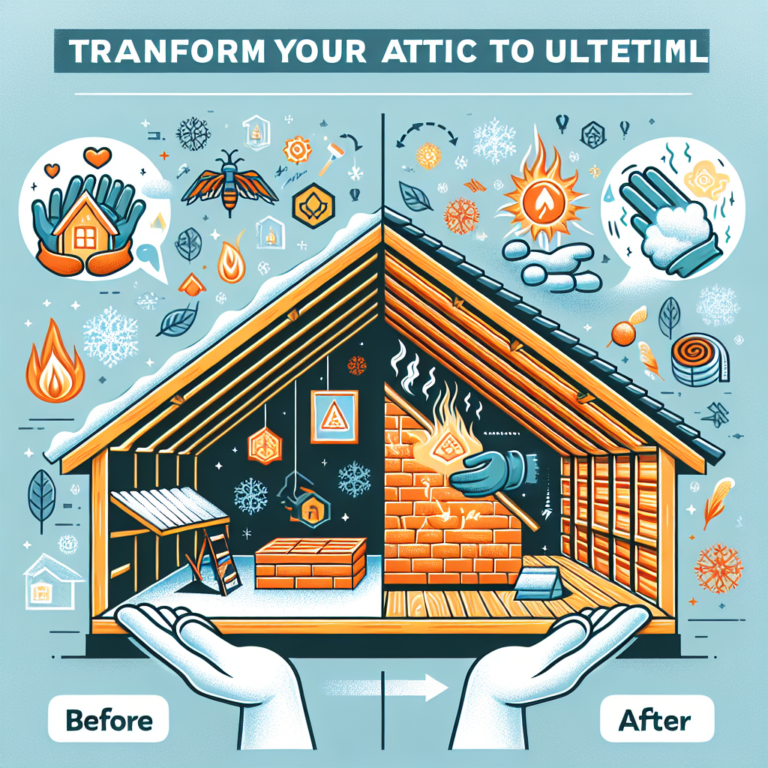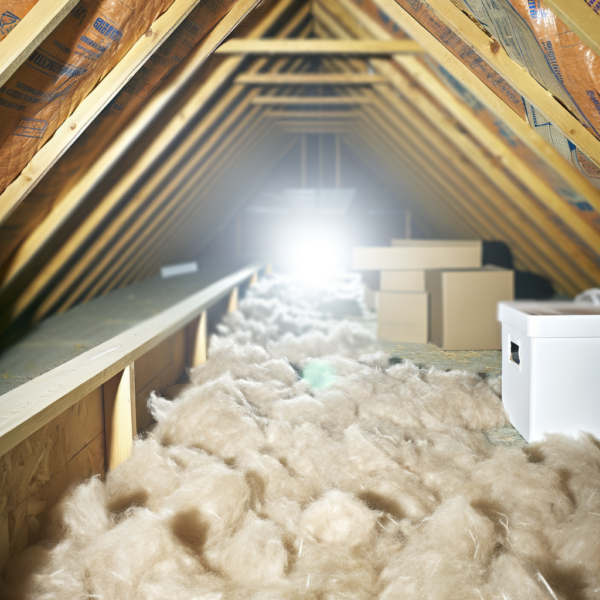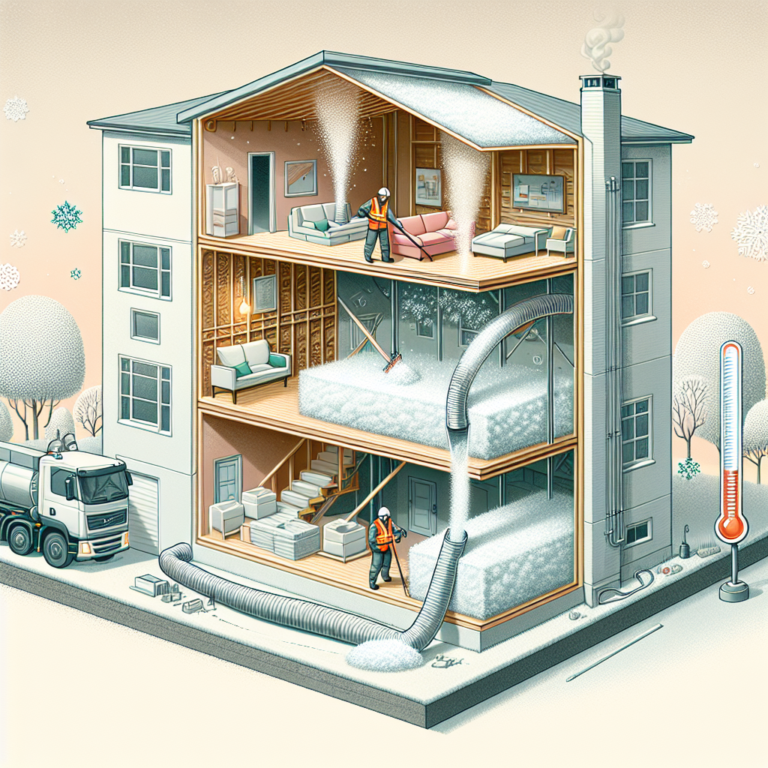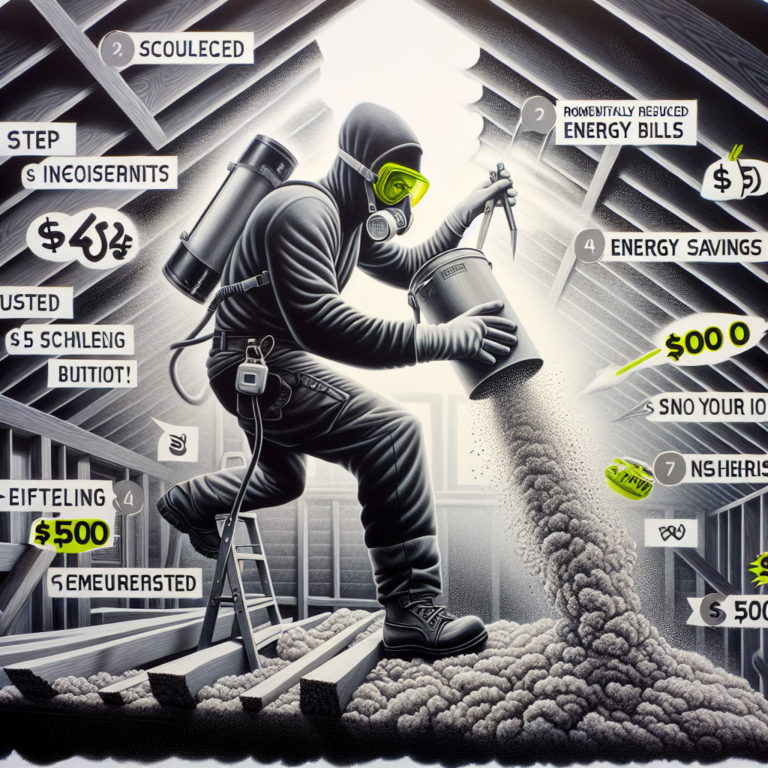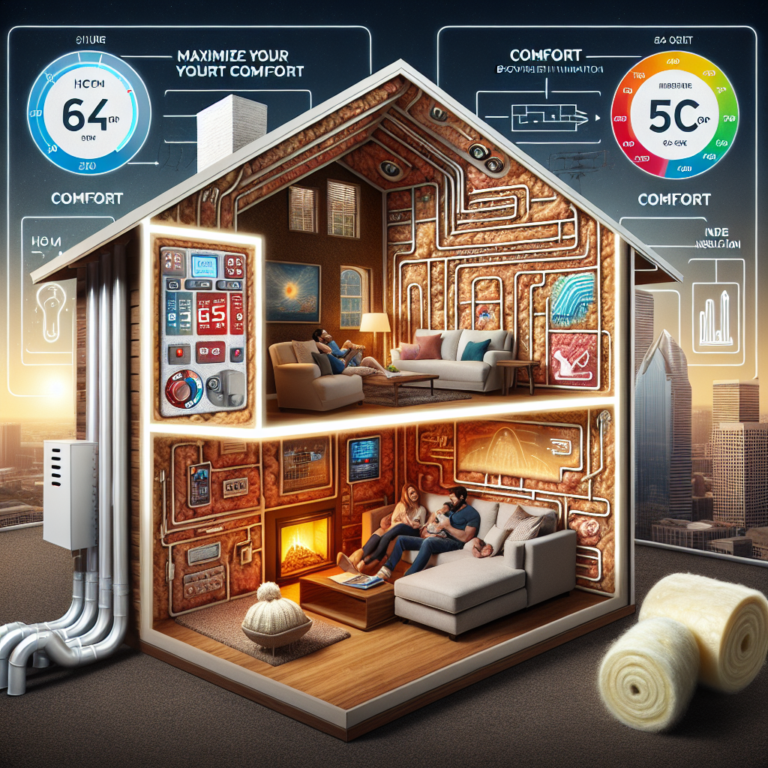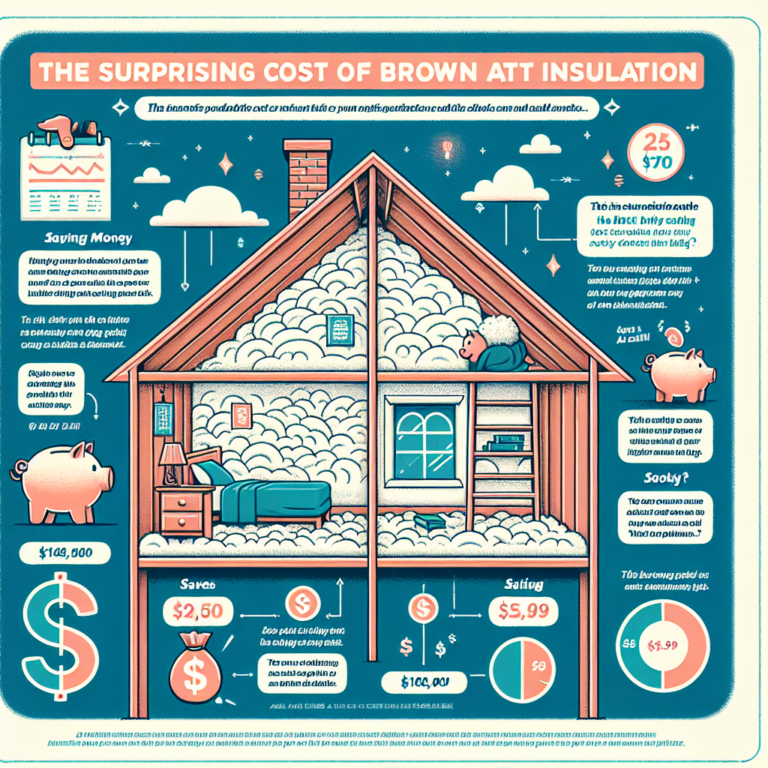Say Goodbye to Costly Attic Insulation: Removing Blown-In Insulation Explained
Introduction
Effective insulation is the backbone of a comfortable, energy-efficient home. Over time, even the best-installed insulation can settle, become contaminated, or lose effectiveness. When that happens, blown-in insulation removal offers a fresh start—improving comfort, cutting energy bills, and extending the life of your HVAC system. In this guide, we’ll unpack everything you need to know about blown-in insulation removal, from cost drivers to DIY versus professional approaches.
H2: What Is Blown-In Insulation and Why Remove It?
Blown-in insulation consists of loose fibers—typically cellulose, fiberglass, or mineral wool—pneumatically sprayed into attics, walls, and crawl spaces. It adapts to irregular cavities and seals gaps better than batt insulation. However, age, moisture, pests, or remodeling can leave it compacted, moldy, or contaminated. Left unchecked, it undermines your home’s thermal barrier, driving up heating and cooling costs and potentially posing health hazards.
H2: Key Factors Affecting Blown-In Insulation Removal Costs
Understanding what influences the price tag helps you budget and negotiate wisely.
H3: Type and Condition of Existing Insulation
• Cellulose is water-retentive and clumps, making removal more labor-intensive.
• Fiberglass is lighter but releases dust and fibers, requiring HEPA-filtered vacuums and protective gear.
• Mineral wool lies between the two in ease of removal and cost.
Damaged or pest-infested insulation adds steps—treatment and containment—raising labor time and disposal fees.
H3: Attic Size, Complexity, and Accessibility
• Square footage: More attic space equals more material to extract and haul away.
• Layout: Multi-story homes or cramped crawl spaces require extra hands and specialized equipment.
• Ventilation and entry points: Limited access means portable vacuums, ladders, or scaffolding, which can add 10–20% to labor costs.
H3: Equipment, Disposal, and Replacement
• Rental or purchase of vacuums/blowers with HEPA filters typically runs $50–$200 per day.
• Professional removal costs average $500–$1,500 for a standard attic (500–1,000 sq. ft.).
• Disposal fees range from $100–$500, depending on local regulations and landfill tipping charges.
• Replacing insulation adds $500–$2,000, based on type and desired R-value. Factor in air sealing and vapor barrier installation for optimal performance.
H2: DIY vs. Professional Blown-In Insulation Removal
Choosing the right path depends on budget, time, and comfort with hands-on work.
DIY Pros and Cons
• Pros: Labor savings, schedule flexibility, potential equipment reuse for future projects.
• Cons: Physical strain, steep learning curve for safe HEPA vacuum operation, risk of incomplete removal or injury, possible code violations.
Professional Pros and Cons
• Pros: Trained crews handle hazardous materials, efficient cleanup, warranty on workmanship, faster completion.
• Cons: Higher upfront cost, scheduling constraints, potential travel fees for remote locations.
Cost Comparison Snapshot
• DIY: Equipment rental $50–$200/day, disposal $100–$500, self-labor.
• Professional: All-inclusive packages from $500–$2,500. Often worth the investment for larger or complex attics.
H2: Frequently Asked Questions about Blown-In Insulation Removal
1. How long does blown-in insulation removal take?
A small attic (500 sq. ft.) can be cleared in 4–6 hours; larger or obstructed spaces may take a full day or more.
2. Can I recycle old blown-in insulation?
Most blown-in insulation—especially cellulose and fiberglass—cannot be recycled and must be disposed of per local waste-management guidelines.
3. Is it safe to stay in the house during removal?
In most cases, residents should vacate living areas and wear protective gear if on-site. Professionals set up containment barriers and air scrubbers to minimize dust migration.
Conclusion
Blown-in insulation removal is an investment in your home’s comfort, health, and energy efficiency. By understanding the true costs—equipment, labor, disposal, and replacement—you can make informed decisions about DIY versus professional services. Whether you tackle it yourself or hire experts, proper blown-in insulation removal lays the groundwork for a sealed, well-insulated attic that keeps utility bills low and living spaces comfortable year-round.


